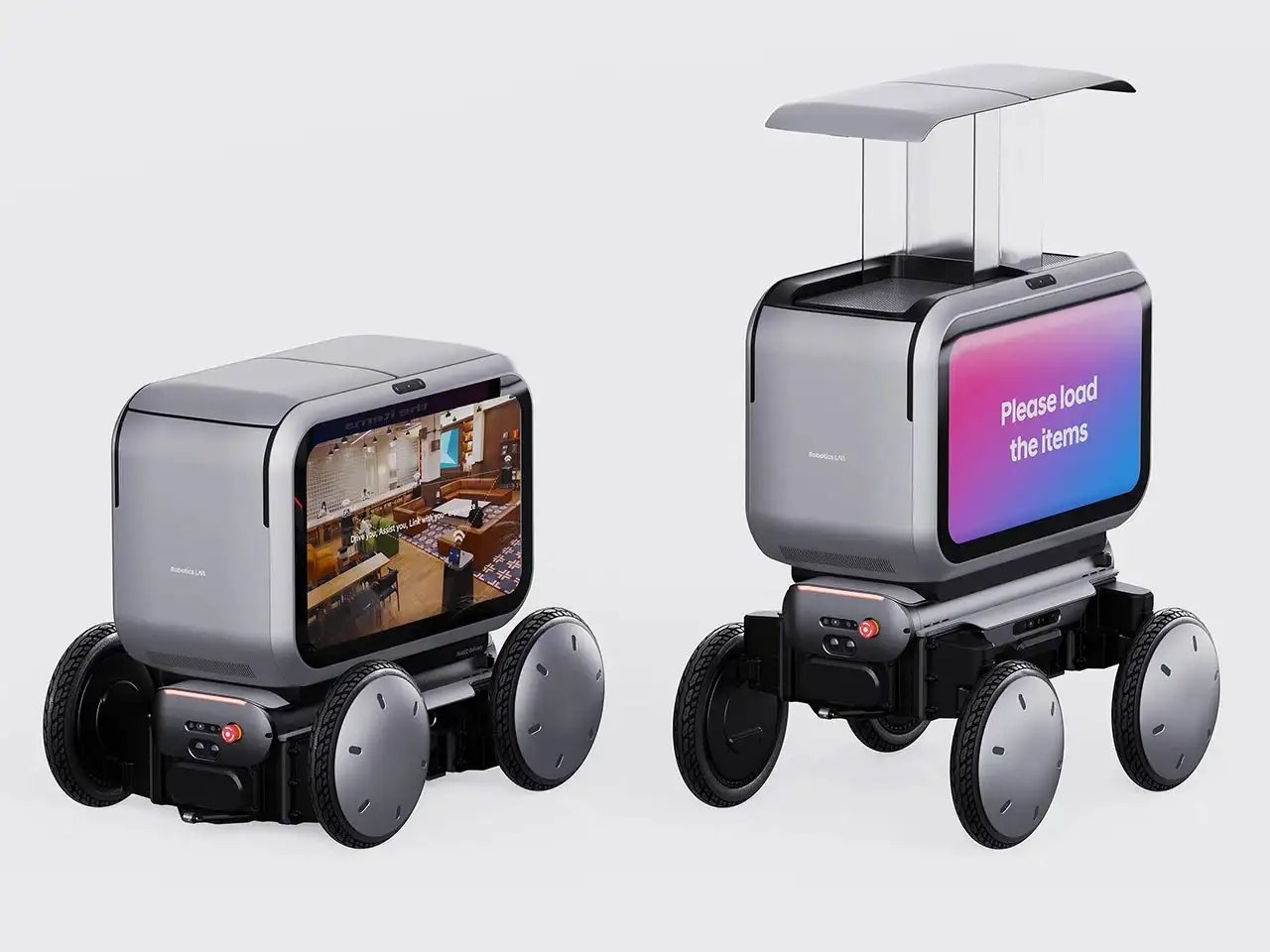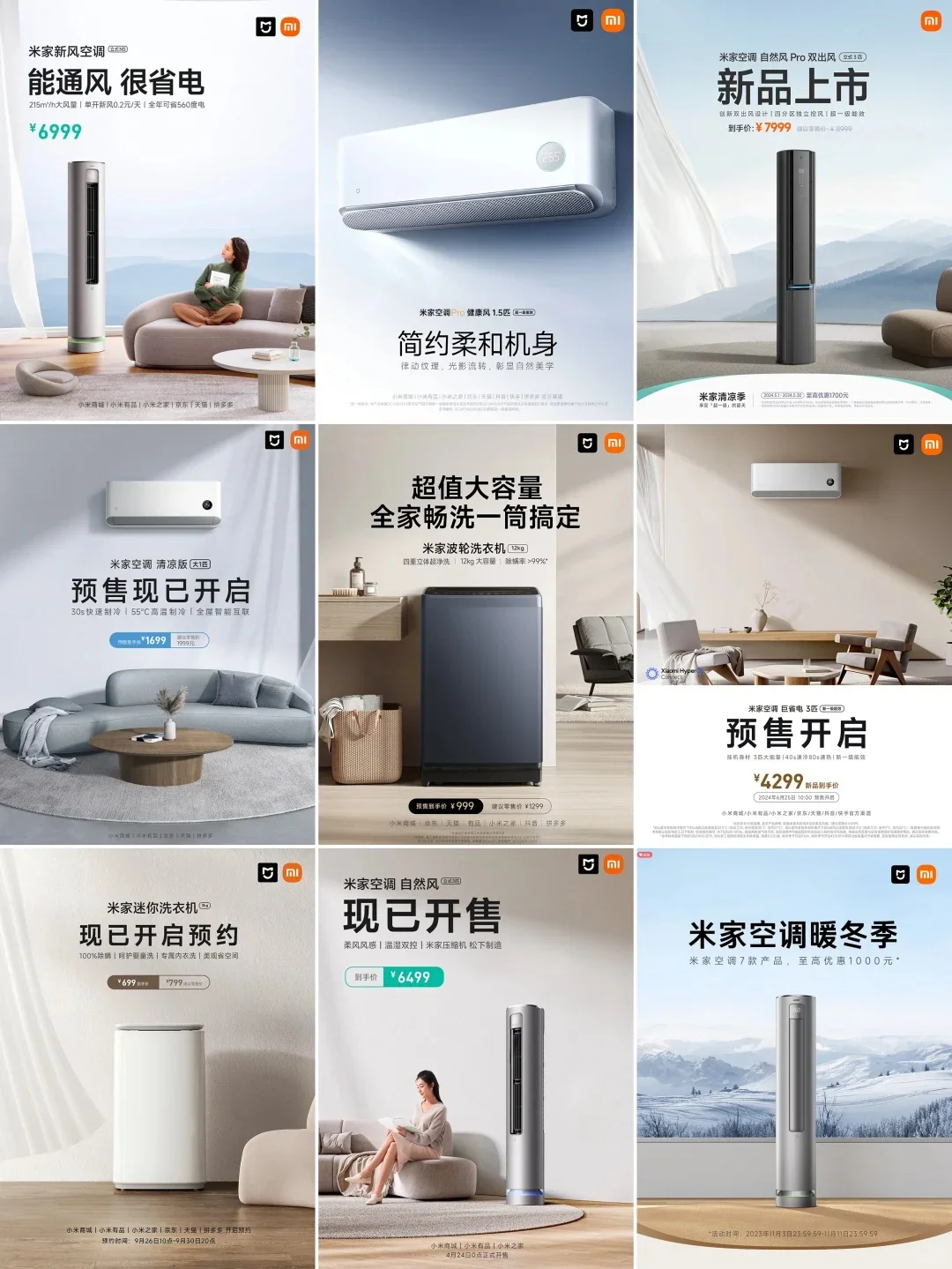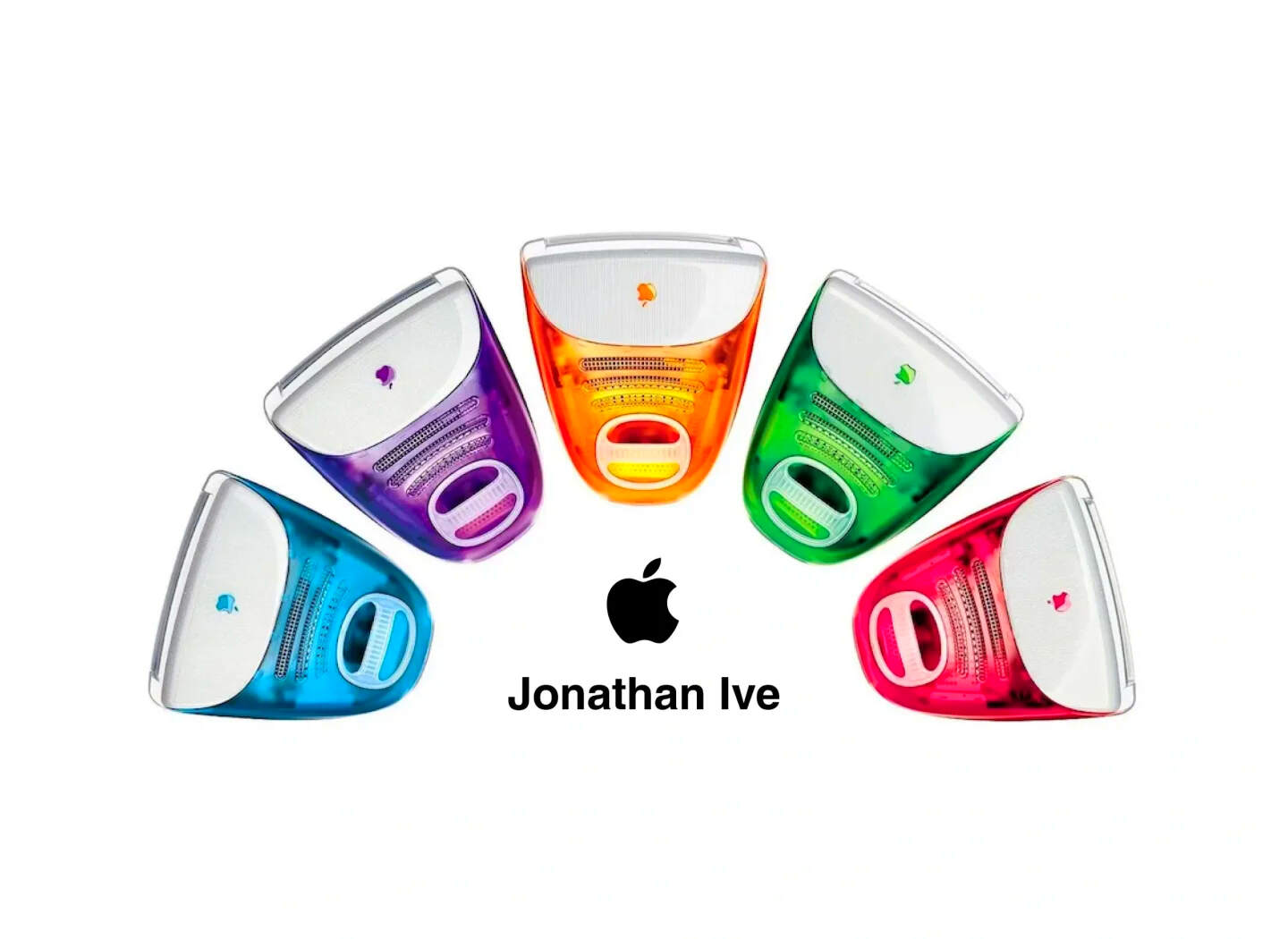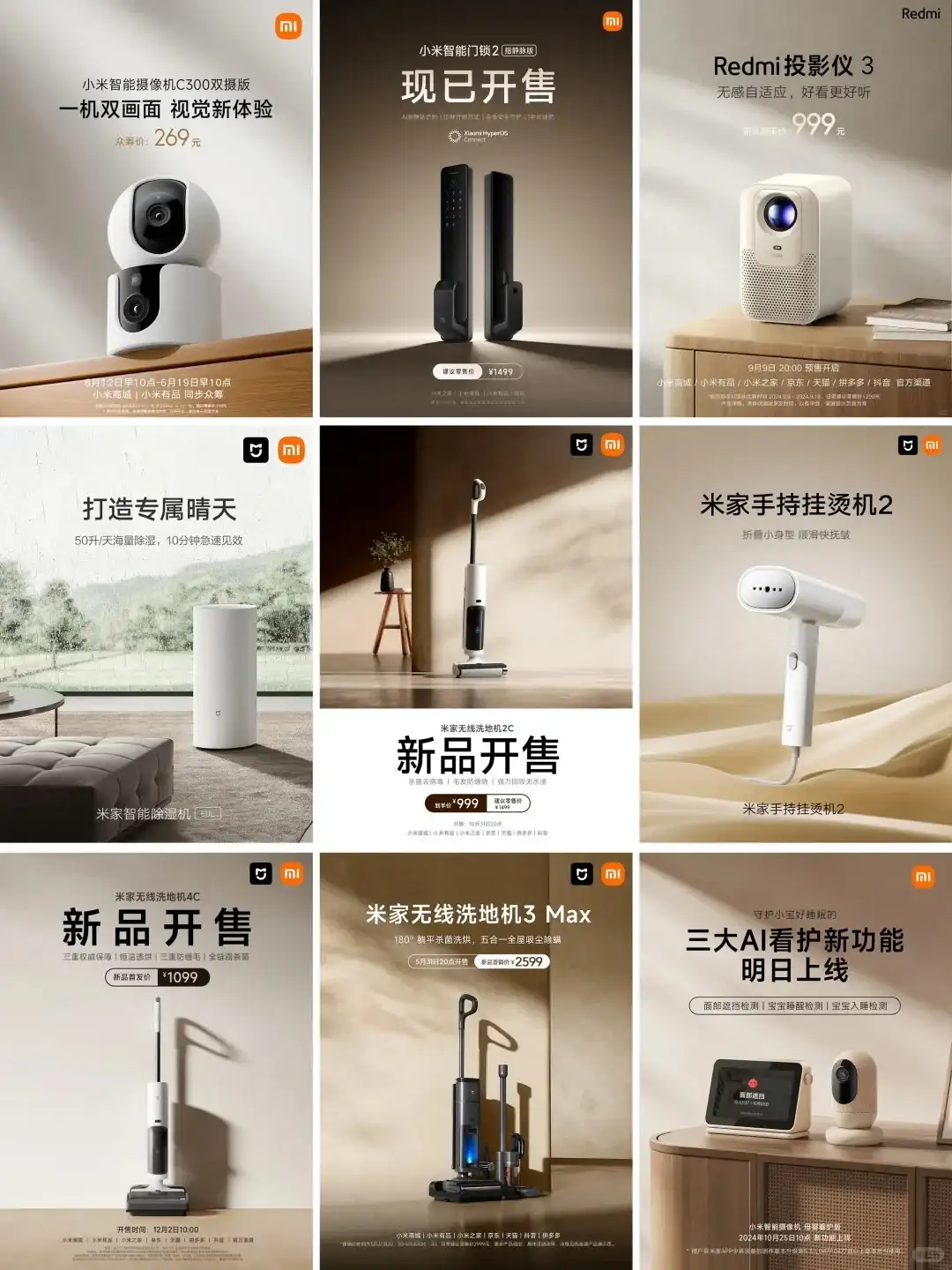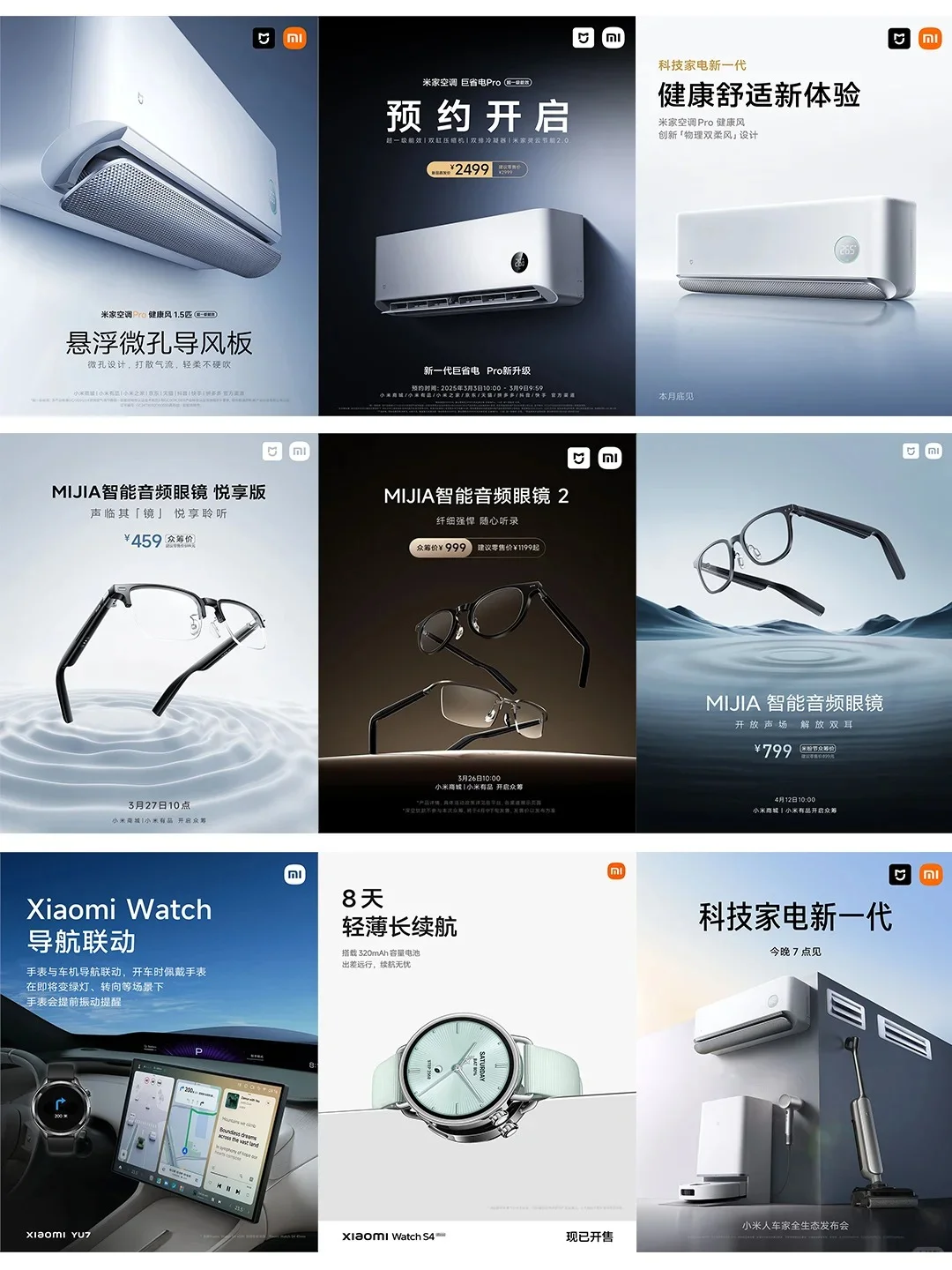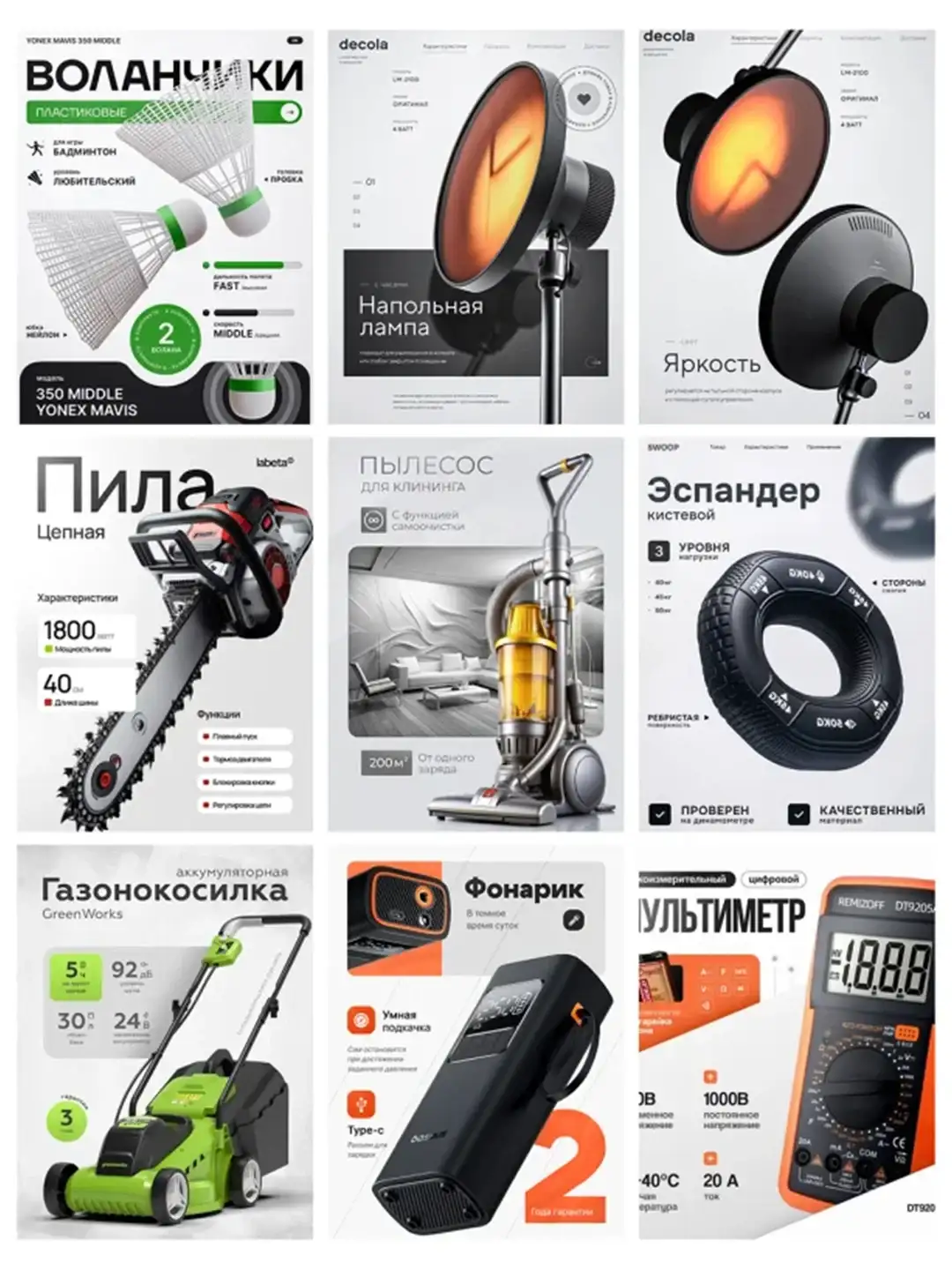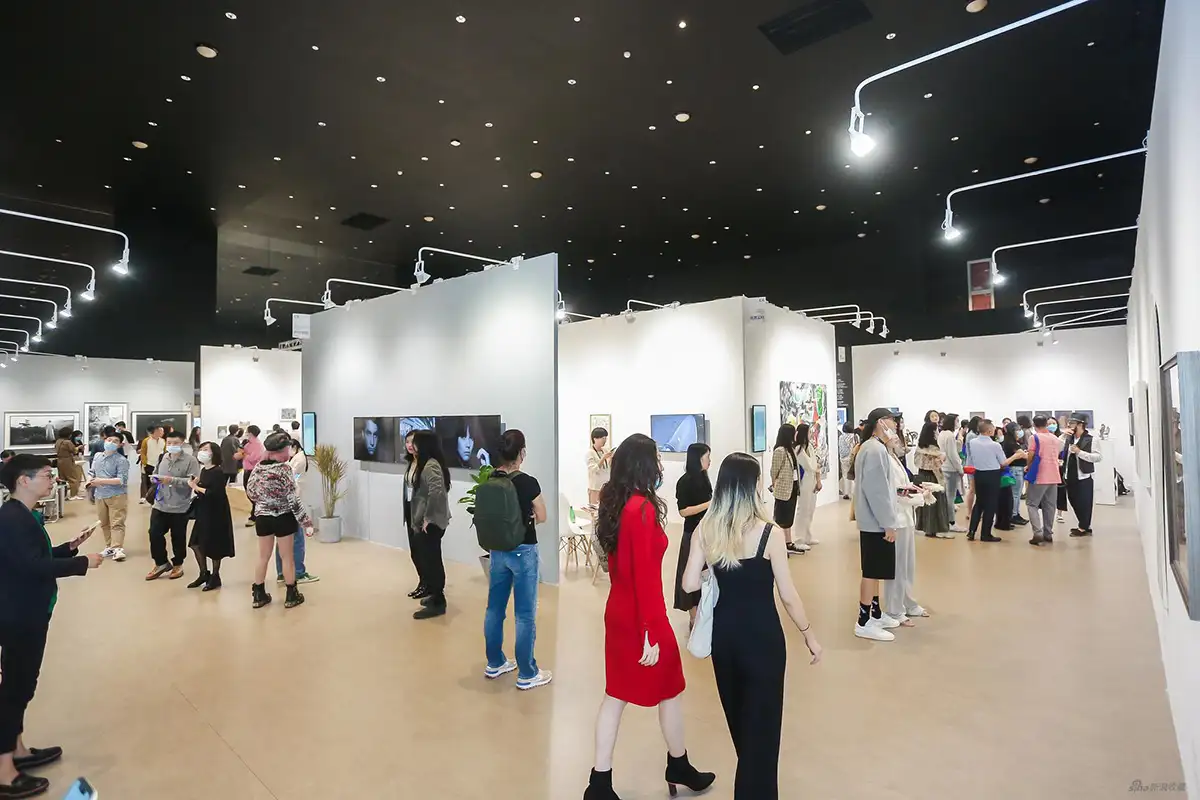NINEIDEA:深圳工业设计设计费定价并非简单的数字游戏,而是综合考量项目特性、资源投入与市场环境的复杂决策过程。以下从定价依据、常见模式、设计成本优化策略及关键注意事项展开详述:

一、设计费定价策略的核心影响因素
- 项目复杂度:产品结构的复杂程度、功能集成度以及是否涉及人机交互设计等,直接影响设计难度与工作量。例如,智能穿戴设备的设计因需兼顾小巧体积与复杂功能,费用往往高于普通日用品。
- 预计工作时长:从前期市场调研、概念设计到最终生产图纸交付,各环节所需时间均纳入考量,项目周期越长,人力成本投入越高。
- 设计师专业水平:资深设计师凭借丰富经验与行业洞察力,能提供更具创新性与可行性的方案,其单位工时费用显著高于初级设计师。
- 市场竞争与客户需求:行业竞争激烈程度、客户预算范围以及对设计成果的品质要求,也会对定价产生重要影响。
二、工业设计公司常见定价模式
- 固定费用模式
基于对项目需求的全面评估,结合预计工作量,设计公司给出一个固定总价。这种模式适用于需求明确、范围稳定的项目,客户可提前锁定成本,设计公司也能有效规避工作量激增带来的风险。例如,某款成熟品类的小家电外观更新设计,常采用此模式定价。 - 按小时计费模式
按照设计师实际投入的工作时间计算费用,适用于项目范围不明确、需灵活调整的情况。设计公司通常会制定不同级别设计师的小时费率,如初级设计师每小时 200-300 元,资深设计师每小时 500-800 元。 - 分阶段计费模式
将项目划分为初步概念设计、深化设计、工程图绘制、制造准备等不同阶段,每个阶段设定相应的费用标准。客户按阶段验收成果并支付款项,既便于把控项目进度,也能降低一次性投入成本。例如,在大型机械设备设计项目中,分阶段计费可有效分散资金压力。 - 成功报酬模式
设计公司与客户约定,根据项目最终成果的市场表现,如产品销售额、利润额等,按一定比例收取费用。这种模式将设计公司与客户的利益紧密绑定,激励设计团队追求卓越,适用于创新型产品或初创企业合作。
三、依托成熟资深设计工作室实现高性价比创新
相较于寻求普通设计团队或自行压缩成本,选择成熟资深设计工作室往往能在保障设计创新力的同时实现更高的投入产出比。这类工作室凭借多年行业深耕,构建起三大核心竞争力:
- 专业经验沉淀:资深工作室汇聚行业精英,设计师平均从业年限超 10年以上,对各领域产品特性与市场趋势有深刻理解。在面对复杂设计需求时,能凭借丰富案例经验快速定位创新方向,规避试错成本。例如,在智能医疗设备设计中,他们可精准把握人机工程与功能集成要点,将设计周期缩短 30% 以上。
- 优质资源网络:成熟工作室长期积累的供应链资源与技术合作伙伴,能有效打通从创意到落地的全链路。他们可凭借与材料厂商、模具制造商的深度合作,优先获取新型材料与工艺支持,以行业最优价格实现创新设计。
- 全流程质量管控:完善的项目管理体系是资深工作室的核心优势。从需求分析到交付验收,均有标准化流程与质量把控机制,确保每个设计环节既满足创新要求,又符合生产标准。这种专业度能大幅减少设计反复修改导致的成本浪费,项目一次通过率超 90%。
选择成熟资深工作室,本质是通过购买其经验价值与资源整合能力,实现设计创新与成本控制的双重目标。这类工作室的专业服务不仅能带来更具市场竞争力的产品设计,还能通过高效执行降低隐性成本,为客户创造远超设计费用本身的商业价值。
四、定价决策的关键要点
工业设计公司制定合理的设计费,需构建系统性决策框架,既要精准考量运营成本、市场竞争、客户需求与项目价值,又要善用外部资源提升性价比。在此过程中,成熟资深设计工作室凭借专业优势,成为实现高效定价与优质设计的关键助力。
从成本控制维度看,资深工作室凭借丰富经验与资源网络,能快速锚定创新方向,减少试错成本;在项目执行层面,其标准化的全流程质量管控体系,大幅减少设计反复修改的隐性成本,确保设计费用投入真正转化为符合市场需求的优质成果。

Analysis of Pricing Strategy for Industrial Design Fees in Shenzhen
NINEIDEA:The pricing of industrial design fees in Shenzhen is not a simple numerical game, but a complex decision-making process that comprehensively considers project characteristics, resource investment, and market environment. The following provides a detailed explanation of pricing criteria, common patterns, design cost optimization strategies, and key considerations:
1、 The core influencing factors of design fee pricing
Project complexity: The complexity of the product structure, functional integration, and whether it involves human-computer interaction design directly affect the difficulty and workload of the design. For example, the design of smart wearable devices often requires a balance between compact size and complex functionality, resulting in higher costs than ordinary daily necessities.
Expected working hours: From preliminary market research, conceptual design to final production drawing delivery, the time required for each link is taken into consideration. The longer the project cycle, the higher the labor cost investment.
Professional level of designers: With rich experience and industry insights, senior designers can provide more innovative and feasible solutions, and their unit labor costs are significantly higher than those of junior designers.
Market competition and customer demand: The intensity of industry competition, customer budget range, and quality requirements for design results also have a significant impact on pricing.
2、 Common pricing models of industrial design companies
Fixed cost model
Based on a comprehensive evaluation of project requirements and an estimated workload, the design company provides a fixed total price. This model is suitable for projects with clear requirements and stable scope. Customers can lock in costs in advance, and design companies can effectively avoid the risks caused by the surge in workload. For example, the exterior design of a mature category of small home appliances is often priced using this model.
Hourly billing model
Calculate the cost based on the actual working time invested by the designer, suitable for situations where the project scope is unclear and needs to be flexibly adjusted. Design companies usually set hourly rates for designers of different levels, such as 200-300 yuan per hour for junior designers and 500-800 yuan per hour for senior designers.
Staged billing model
Divide the project into different stages such as preliminary conceptual design, detailed design, engineering drawing, and manufacturing preparation, and set corresponding cost standards for each stage. Customers inspect the results in stages and make payments, which not only facilitates project progress control but also reduces one-time investment costs. For example, in large-scale mechanical equipment design projects, phased billing can effectively alleviate financial pressure.
Successful Reward Model
The design company and the client agree to charge a certain percentage of fees based on the market performance of the final project results, such as product sales, profit, etc. This model closely links the interests of design companies and clients, motivates design teams to pursue excellence, and is suitable for collaboration with innovative products or startups.
3、 Relying on mature and experienced design studios to achieve cost-effective innovation
Compared to seeking a regular design team or cutting costs on their own, choosing a mature and experienced design studio can often achieve a higher input-output ratio while ensuring design innovation. These studios have built three core competencies through years of deep industry cultivation:
Professional experience accumulation: Senior studios gather industry elites, with designers having an average working experience of over 10 years and a profound understanding of product characteristics and market trends in various fields. When faced with complex design requirements, one can quickly identify innovative directions and avoid trial and error costs by relying on rich case experience. For example, in the design of intelligent medical devices, they can accurately grasp the key points of human-machine engineering and functional integration, shortening the design cycle by more than 30%.
High quality resource network: Mature studios have accumulated long-term supply chain resources and technical partners, which can effectively connect the entire chain from creativity to implementation. They can prioritize obtaining new materials and process support by leveraging deep cooperation with material manufacturers and mold manufacturers, and achieve innovative designs at the industry’s best prices.
Full process quality control: A sound project management system is the core advantage of senior studios. From requirement analysis to delivery acceptance, there are standardized processes and quality control mechanisms to ensure that each design stage meets both innovation requirements and production standards. This level of professionalism can significantly reduce the cost waste caused by repeated design modifications, with a project pass rate of over 90%.
The essence of choosing a mature and experienced studio is to achieve the dual goals of design innovation and cost control by purchasing its experience value and resource integration ability. The professional services of such studios not only bring more competitive product designs in the market, but also reduce hidden costs through efficient execution, creating commercial value for clients that far exceeds the design fees themselves.
4、 Key points of pricing decision-making
Industrial design companies need to establish a systematic decision-making framework to formulate reasonable design fees, which not only accurately considers operating costs, market competition, customer needs, and project value, but also makes good use of external resources to enhance cost-effectiveness. During this process, mature and experienced design studios, with their professional advantages, have become key drivers for achieving efficient pricing and high-quality design.
From the perspective of cost control, senior studios, with their rich experience and resource networks, can quickly anchor innovation directions and reduce trial and error costs; At the project execution level, its standardized full process quality control system significantly reduces the implicit costs of repeated design modifications, ensuring that design costs are truly transformed into high-quality results that meet market demand.












